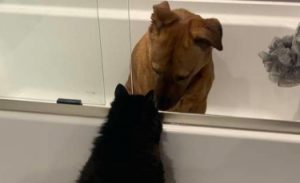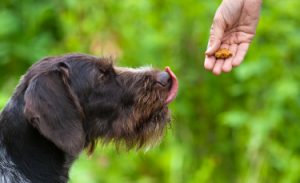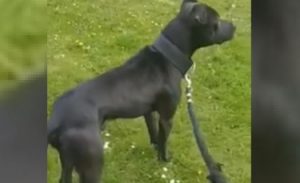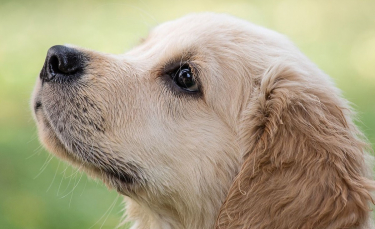 Illustrative photo
Illustrative photo
The ability and need to communicate with humans are innate in dogs, a new study suggests. According to its authors, who compared the reactions of puppies to those of young wolves raised by humans, this tendency was favored by domestication.
Even if they have had very little interaction with humans, dogs are instinctively attracted to them and able to interpret their gestures. This is what a new study reveals, the conclusions of which were published on Monday, July 12 in the scientific journal ScienceDirect .
The work in question was led by Hannah Salomons of the Department of Evolutionary Anthropology at Duke University in North Carolina. The tests consisted of observing the behaviors, in the presence of familiar and foreign people, of cubs raised by humans and those of puppies that had only limited interactions with people.
It has shown that young dogs, despite the rarity of their interactions with humans, far outperform little wolves when it comes to approaching someone unknown; they did it 30 times more than the Cubs. In addition, these puppies approached familiar people 5 times more than the young wolves did.
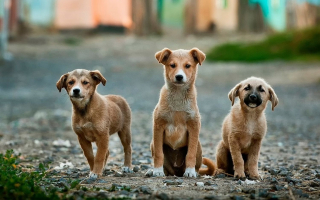
As part of this research, the reactions of a group of 37 Cubs were compared to those of 44 puppies, mostly Retrievers. Young wolves who have had frequent interactions with humans almost from birth. Some even slept alongside volunteers. As for the small dogs, they had only rare and restricted contact with humans until the age of 8 weeks. They only rubbed shoulders with their mothers, brothers and sisters.
Puppies gifted at interpreting human gestures and exchanging looks, even with little interaction
The 2 groups were then exposed to people and objects they knew, and then to complete strangers. To test their answers, the researchers either pointed to hidden treats or placed a small block of wood next to a hiding place to designate it. The researchers noticed that the puppies followed the pointing finger or the wooden block twice as often as the Cubs. They also had twice the visual contact with humans. Exchanges of glances that lasted on average 4 seconds, against 1 second and 47 hundredths for the little wolves.
The attitude of each other when seeing humans coming was also studied. “ When I entered the wolf enclosure for the first time, they were all running in a corner and hiding, ” says Hannah Salomons . Later, as they learned to recognize it, the Cubs tended to simply ignore it. The puppies, on the other hand, reacted much more enthusiastically to each of these visits, including wagging their tails, licking the visitor and yapping.
The impact of domestication on dogs would be mostly emotional
To read also: A Good Samaritan recovers a dog marked with the number 300 and offers him much more than his help!





